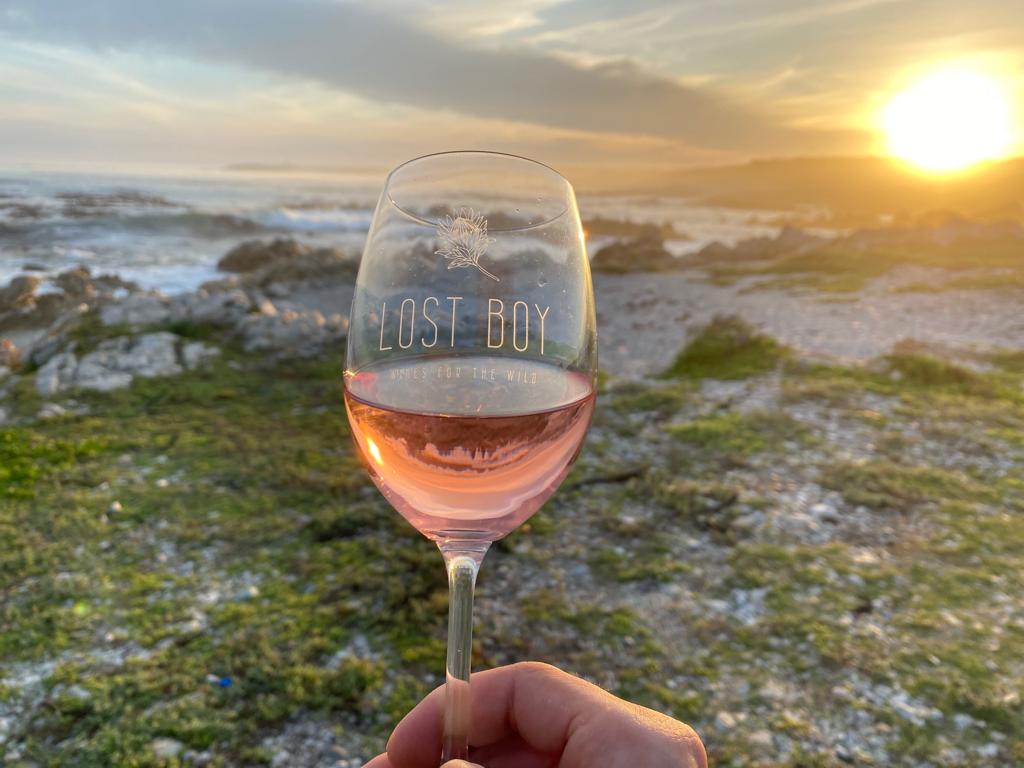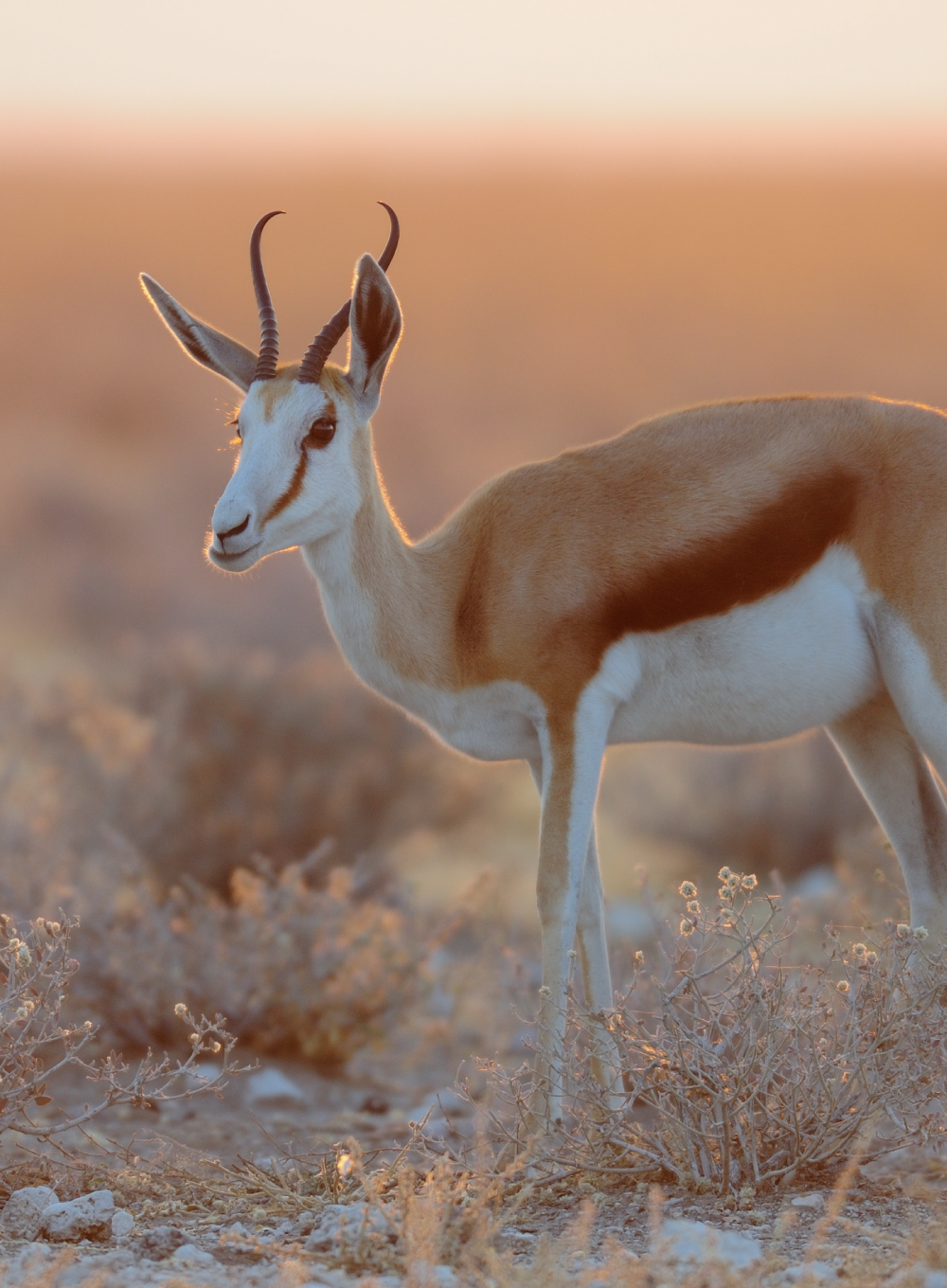If I could only drink one kind of wine for the rest of my life, my choice without hesitation would be Rosé. The same is true if I could only make one kind of wine.
Now I’m not talking about those semi-sweet, neon pink cheap wines that university students often buy by the box.
I’m talking proper, sunset-colored, vibrant, Provence-style Rosé.
I often talk about the art and romance of winemaking and these two aspects are more real in Rosé than any other type of wine. Aroma is paramount in a proper rosé and an elegant, fruity palate to compliment the nose is just as important. But what really sets it apart from any other kinds of wine is the visual aspect.
There’s so much that goes into getting that perfect peach, pale-strawberry color. That perfect color has become somewhat synonymous with a quality Rosé and that’s for good reason. Many of the winemaking challenges of crafting a pink wine, if not navigated correctly, will darken the color.
2021 LOST BOY Rosé
On March 17th, 2021, before the sun rose from behind the mountains on the Southernmost Tip of Africa, I harvested a mere 800kg’s from the tiny 7 row block of Mourvèdre on the farm. Each bunch was picked by hand and gently placed in crates that would only be filled half way to prevent damage to the clusters.
From the moment the grapes are cut from the vine, the focus is on keeping the skins intact and keeping the grapes cold. The color and quality of a Rosé start being determined before the grapes even make it back to the winery.
Each cluster was then hand-sorted twice and loaded into a small wooden basket press, 200kg’s at a time.
Due to the high acidity of the cool-climate Mourvèdre as well as the need to be as gentle as possible with the skins, not a single cluster was de-stemmed. Every single one was pressed whole-bunch.
The juice was gently pressed to a stainless steel tank to settle out overnight. Here, the temp was brought down to just 12 degrees C.
The following morning, the juice was very cleanly racked off the lees and brought to a smaller stainless steel tank rigged up with cold-water cooling plates for ferment.
Every single wine I make, aside from my Rosé, is a wild ferment, using the natural yeast strains found in the vineyard. I choose to inoculate my Rosé though, due to the low temps I like to keep the juice at from the press through ferment.
The reason being is that most wild yeasts struggle at these kind of temps and can cause a number of problems for the wine.
The aromatics are so much more expressive when the ferment is kept cold throughout. Further, the structure and body of the wine maintain an undeniable elegance from the lower temps. These two aspects are key to the type of Rosé I aim for.
After 18 days, the wine was 100% dry. I cold-stabilize by opening up the cooling valves a bit more and dropping the temp of the wine even lower for a few weeks. And in late May 2021, this wine went to bottle.

As many of you know, my 2020 Rosé was 100% Pinot Noir. Without question it was my favorite wine of the vintage. However, this is farming. And when the Pinot crop just wasn’t there this year, I had to jump to my next most promising cultivar to make the Provence-inspired style of Rosé I like.
This just so happened to be the Spanish cultivar found all over Provence: Mourvèdre.
I’ll be honest – the cultivar change kept me up for quite a few nights during harvest. But I could not be happier with the gamble.
If you’ve tried the 2021, how do you think it stacks up against the 2020?
If you haven’t tried it yet, maybe you need to order a case now and let me know ?
As always, thank you so much for the support. I was told by several here that Rosé just isn’t a wine South African’s enjoy. And you’ve been helping me prove that statement wrong for 2 years now.
Cheers!
-Trev


